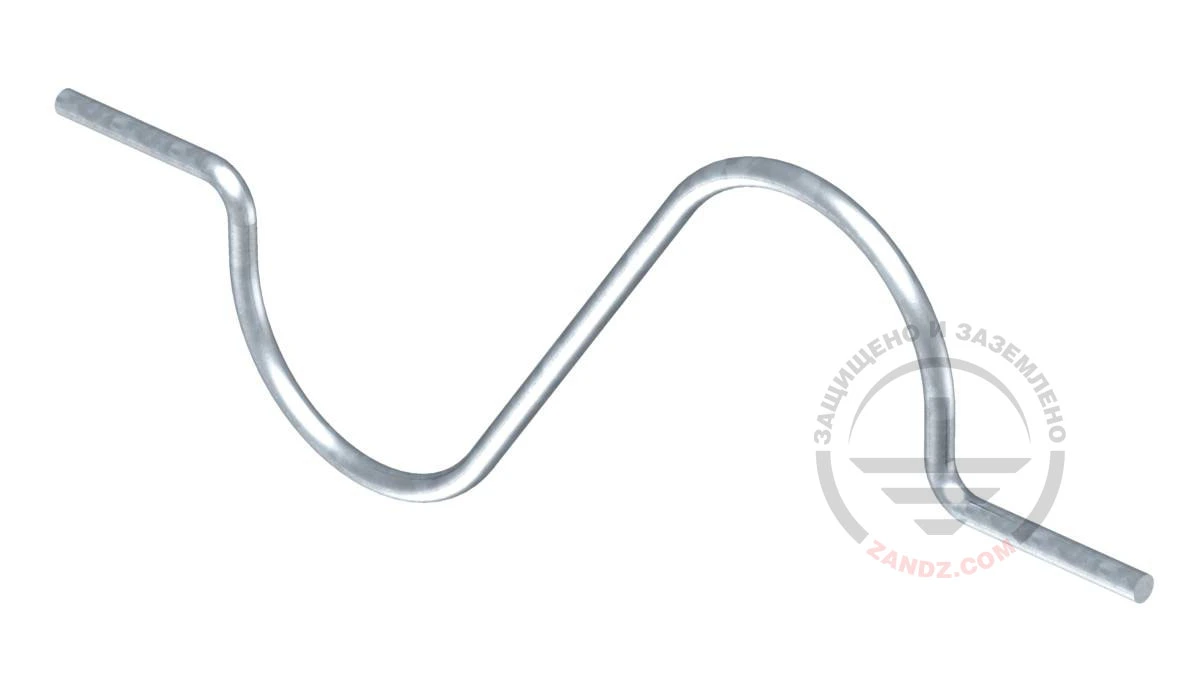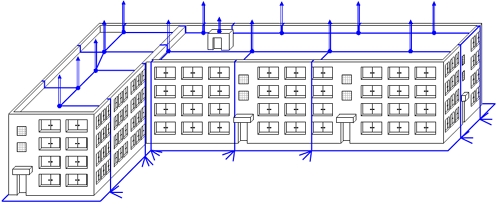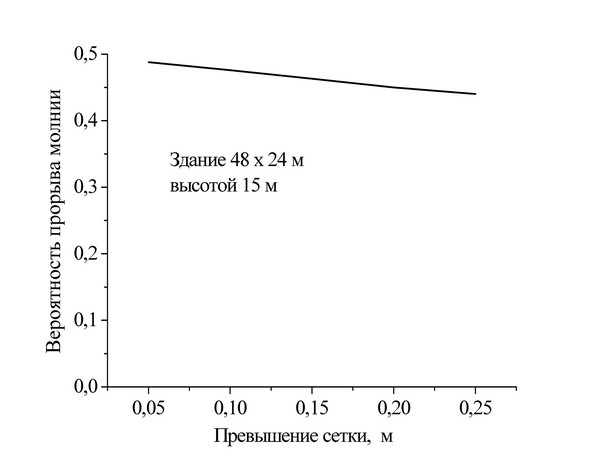
Lightning protection is a system that is operated in fairly harsh conditions. The components on the roof that defend against lightning may easily reach 70 degrees or more in the summer, while negative thirty degrees is quite common in the winter. The thermal expansion effect of metals becomes evident within a temperature range of 100 degrees Celsius. Such a significant temperature change can cause an increase when hot and a decrease when cold in the running length of the lightning grid's or current collector's conductor. Temperature fluctuations will be approximately 11-12 cm for every 100 meters of zinc-plated or copper-plated steel conductor. This increases the possibility of harm to the roofing's firmly fixed lightning protection equipment.
This issue is solved by using the thermal compensation of conductor length ZZ-502-001 when installing lightning grid and extended current collectors. The recommended installation step of the compensator is no more than 40 meters.
The compensator is connected using two ZANDZ ZZ-11551 stainless steel or ZZ-202-021 galvanized steel connector clamps. It should not be installed on holders as doing so might lead to malfunctions. The holders must be installed outside the compensator.
In addition, applying ZANDZ compensator ZZ-502-001 for thermal change of conductor length (D8; aluminum) during design and installation can lessen the conductor's thermal and dynamic impacts when lightning current passes through it.
Related Articles:


.jpg)

